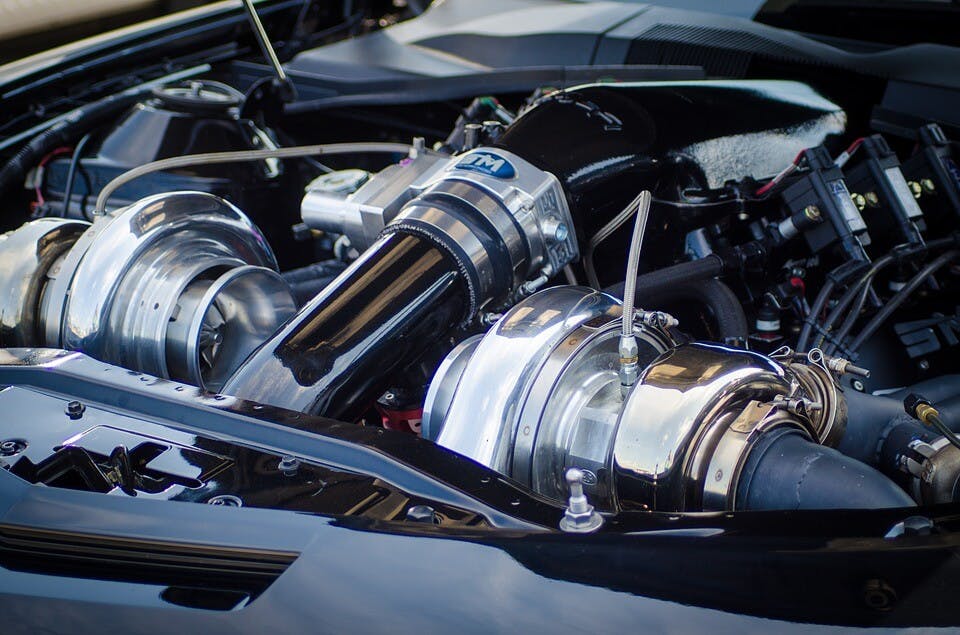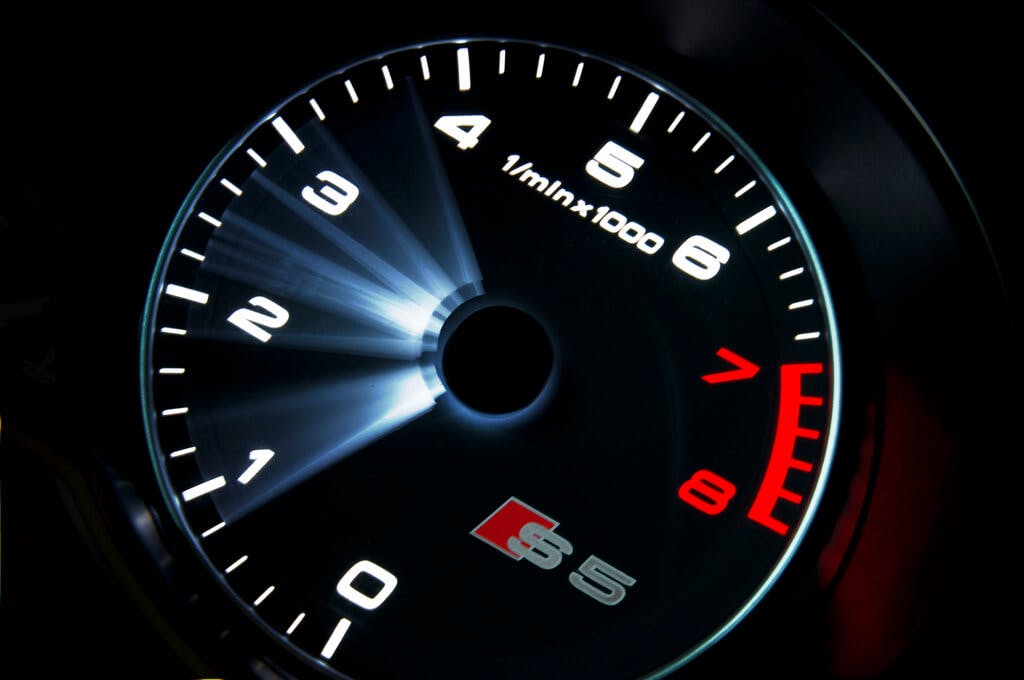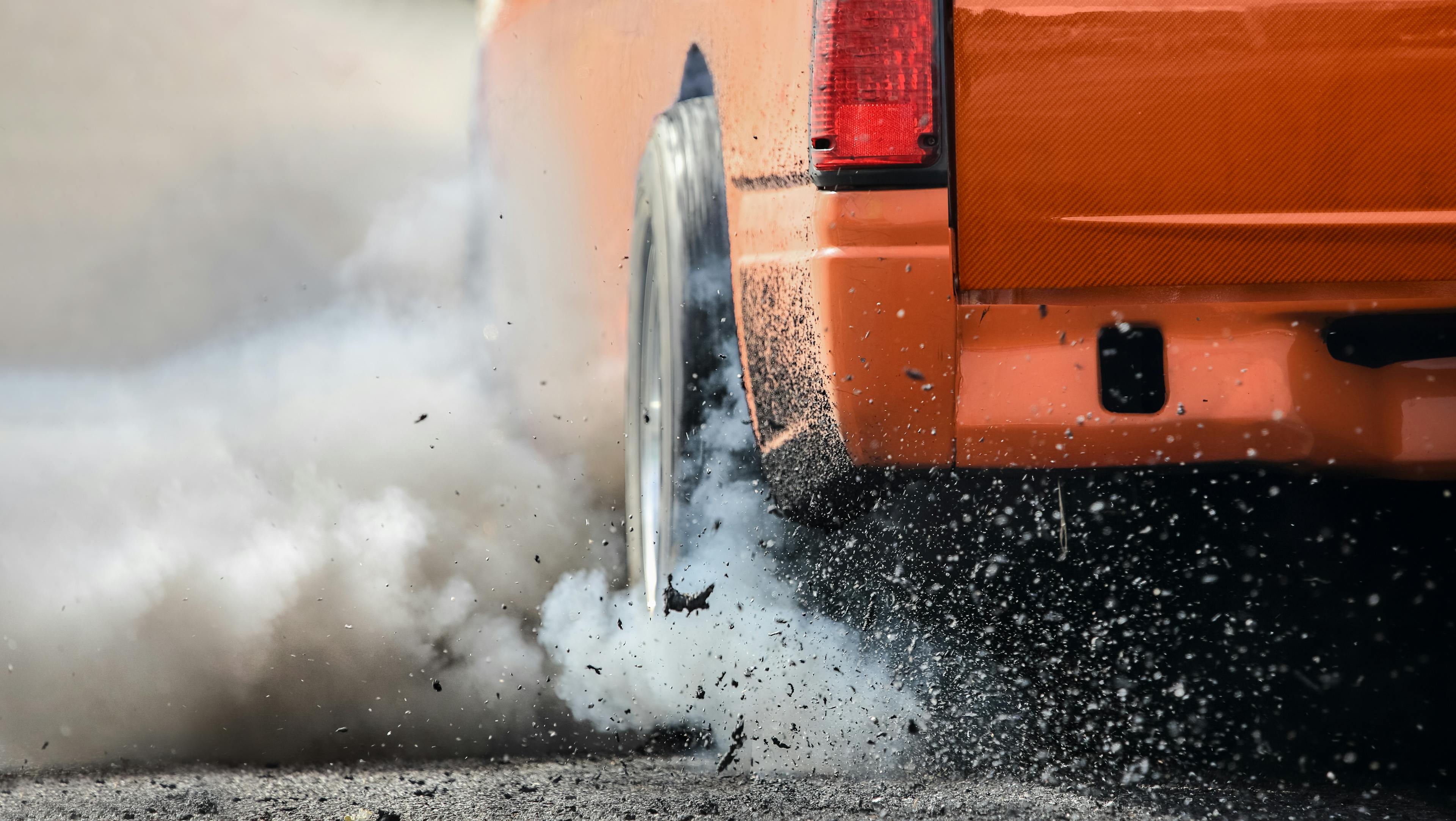Engine Power And Torque: Which of these parameters is more important?

Power and torque are the basic technical parameters of an internal combustion engine. Not only does the maximum speed and acceleration of the car depend on these parameters, but also fuel consumption or the ability to climb hills and the like.
Engine power can be expressed in kilowatts (kW), but the horsepower (HP or metric horsepower) is usually preferred. The unit of torque, colloquially torque, is either pound-foot (lb-ft) or Newton-metre (Nm).
Inhaltsverzeichnis
In the case of two structurally identical engines, the rule applies that the engine with a larger displacement has more power but also more torque. However, the engine achieves maximum power and maximum torque at different speeds.
The engine has the greatest power at higher revolutions and the greatest torque at lower revolutions.
Engine power and torque: Which is more important?

In racing or sports cars, which are constantly driven at high speeds, the most important parameter of the engine is the maximum power. The car's maximum speed depends on the maximum power, though the acceleration speed is also crucial. The transmission of such a car is therefore graded so that the car accelerates as quickly as possible and reaches the highest possible speed.
In passenger car engines, other parameters are also essential, in addition to maximum power and maximum speed. Passenger cars do not always run at full capacity. On the contrary, the engine of passenger cars mainly works in different modes, and therefore it is necessary that it has sufficient torque in the widest possible range of revolutions.
The gear shifting is different and adapts to maximum speed and acceleration and reduces fuel consumption. In addition, a passenger car engine must have a much longer lifespan than a racing car engine. However, all these parameters are contradictory, so manufacturers have to choose the right balance when designing engines.

Tachometer: How does this device work?
The highest gear is therefore set to stabilize the car's maximum speed before the engine reaches maximum speed.

Thanks to this setting, it is possible for the car to permanently maintain its maximum speed without the risk of engine damage. On the other hand, lower gears are set so that the car achieves the necessary acceleration, has acceptable consumption, has low emissions, and that passengers are not bothered by excessive engine noise.
In addition to consumption, a critical feature of a passenger car is its flexibility. The more torque the engine has, the more flexible it is. During normal driving, the driver of a passenger car uses the maximum torque more than the engine's maximum power. That is why car manufacturers focus more on increasing the maximum torque and moving it to lower revs than increasing the maximum power.
During normal driving, you mainly use low and medium engine speeds. Therefore, the higher the torque and the lower it is placed in the spectrum of revolutions, the more flexible the car will be and the easier it will be to overcome hills without using the engine's maximum power.

Horsepower is not always the same
As mentioned, engine power is given in horsepower (HP), but the horsepower is calculated differently in Europe. It is because the feet are replaced by meters, and pounds are replaced by kilograms of force. The horsepower in Europe is often denoted as PS (from the German word Pferdestärke, meaning "horsepower").

Horsepower: What is it, and why is it important?
Metric horsepower (PS) is 98.6% of one HP or the other way round — 1.4% less than the Imperial (SAE standard) horsepower. Simply put 1 Imperial horsepower = 1.014 Metric horsepower.
Another unit used to measure engine power is kilowatt (kW). To calculate the performance of the car in horsepower (HP) from kilowatt, multiply the number of kilowatts by 1.34 or otherwise divide the horsepower by this number to get the number of kW.
Torque numbers differ by unit
American and British torque is not given in Newton meters (Nm) but in pounds per foot (ft-lbs). These two units indicate torque but are not 1:1. English and American torque is always higher in numbers since one ft-lbs equals 1.356 Nm.
How is engine power measured?
When it comes to measuring horsepower, there are a few different methods that can be used. The most common method is to use a dynamometer, a device that measures the power output of an engine under load.
This method provides a relatively accurate measure of an engine's power output, and car manufacturers and tuners often use it to optimize the performance of their engines.
How much Horsepower does a human have?
A healthy human adult can produce and sustain around 1.2 hp (or 0.89 kW) for a brief period of time — this value drops to one-tenth of one horsepower if we're talking about a longer period.